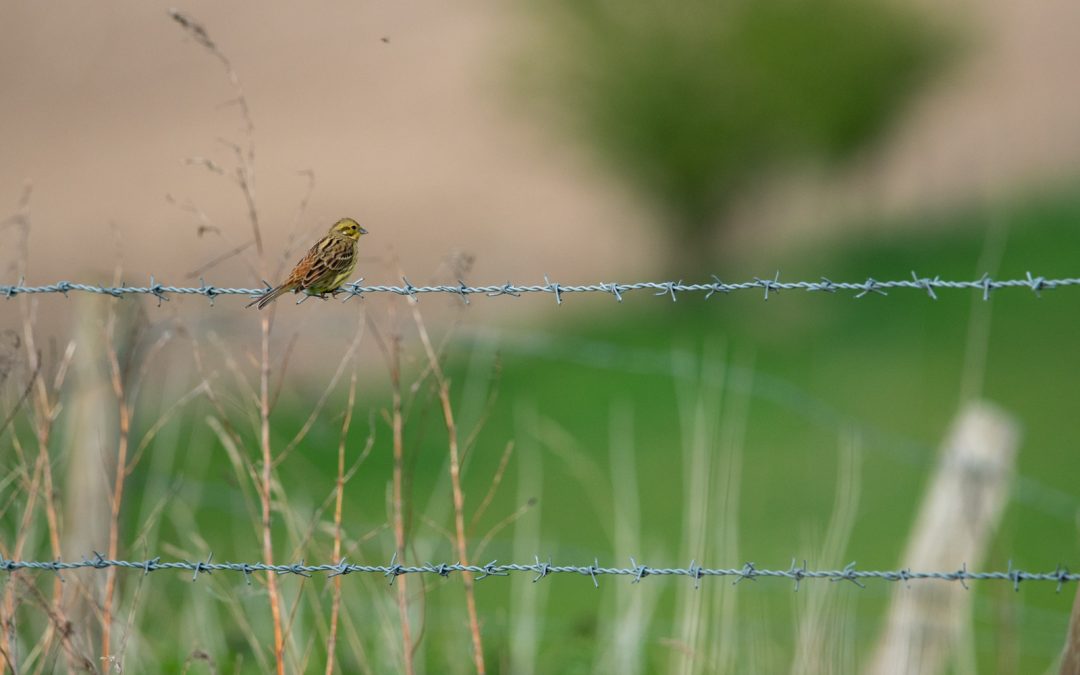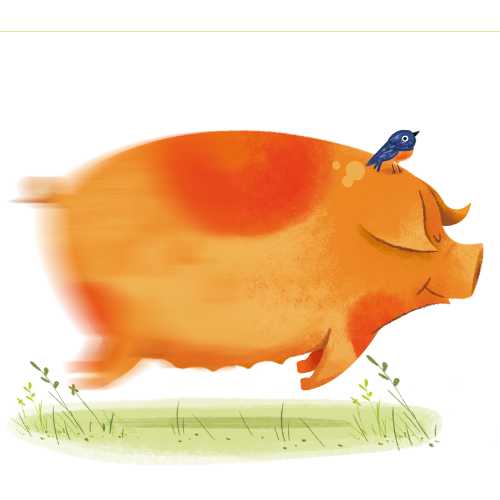Clive Hill – June 2020 update
What is he on about now I hear you ask. As it’s another article about birds there must be a connection so can anyone spot it?
Let’s start with traffic lights.
The conservation status of all the UK’s birds is measured using a traffic light system.
Red: is the highest conservation priority indicating that species in this group are in urgent need of help. A number of different factors are taken into account but, broadly speaking, the status is determined by the severe reduction in breeding population or breeding range over a number of years or the species could be globally threatened.
Amber: is the next most critical group and birds on this list could be showing moderate declines in breeding population or range, perhaps they are restricted in numbers or in breeding sites in the UK.
Green: species on this list are those of least conservation concern and do not meet any of the criteria of the red and amber groups.
There are currently 67 UK species of birds on the red list and it may surprise you to know that 17 of those species can be found on Eastbrook Farm. When you consider that a further 24 of those species are wildfowl or waders that you wouldn’t expect to see here that’s a pretty high percentage.
Is this high number a coincidence? No, of course not. In order to be successful birds need a suitable habitat providing both nesting sites and protection from predators, along with a constant food supply. The mixed organic farming systems practiced at Eastbrook provide all these in abundance. The mix of grassland (stocked with cattle and pigs in rotation), cereal crops (and overwintered stubbles) and specially sown field margin mixes (containing flower and seed-bearing plants to aid pollinators such as bees and butterflies and provide food for birds) are why there is such a profusion of bird life at Eastbrook. As if that wasn’t impressive enough a further 18 species on the amber list can also be found on the farm.
So that hopefully explains the traffic light part of the title; any guesses as to where the canine bit comes in?
If you were surprised by the number of red list species then it may also be of interest to know that of those 17 species, 8 are found nesting at, or just above, ground level. This is where the canine part becomes very relevant.
We actively encourage responsible walkers to enjoy all that the farm has to offer; not just the wildlife, but the livestock, scenery and views. So, whilst you are doing just that, if your dog is not on a lead by your side, do you have any idea where it is and what it is doing? Dogs are very much like children; leave them unsupervised for a time and they will quite likely get in to mischief. In the dog’s case all it is doing is following its’ natural instinct as a hunter and the big hedges and field margins with lots of plant cover provide plenty of opportunities for that. Unfortunately, these are also the areas that many of the red list species of birds choose to nest. That yellowhammer or corn bunting that you enjoyed seeing; was she flushed off her nest by an unsupervised dog? My plea therefore to all dog walkers is to try and help boost the numbers of red list species by being selective in where you exercise your dog. Both the Ridgeway and farm tracks provide easy walking whilst enabling you to see where your dog is. If you are unsure about exercising your dog off its’ lead then Marral Woodland provides a safe enclosed area where your dog can roam freely. The 15 acres of woodland is surrounded by a deer fence and there is a mown path to walk along. You can find the wood by following the footpath signposted to Idstone which takes off half way along Newtown Lane.
Below is a list of both the red and amber list species which can be seen on Eastbrook Farm; how many can you spot on your walk? The asterisk denotes the ground nesters but all the red list species need all the help we can give them.
The RSPB website has a very good bird identifier page if you want to find out more about a particular species.
Red
Grey partridge* – Lapwing* – Merlin – Skylark* – Fieldfare – Song thrush – Redwing – Mistle Thrush – House sparrow – Tree sparrow – Yellow wagtail* – Grey wagtail* – Linnet – Yellowhammer* – Corn bunting – Woodcock
Amber
Mallard – Montagu’s Harrier* – Common gull – Lesser black-backed gull – Black-headed gull – Snipe* – Stock dove –Tawny owl – Short-eared owl – Swift – Kingfisher – Kestrel – House Martin – Willow warbler – Dunnock – Meadow pipit* – Bullfinch – Reed bunting


